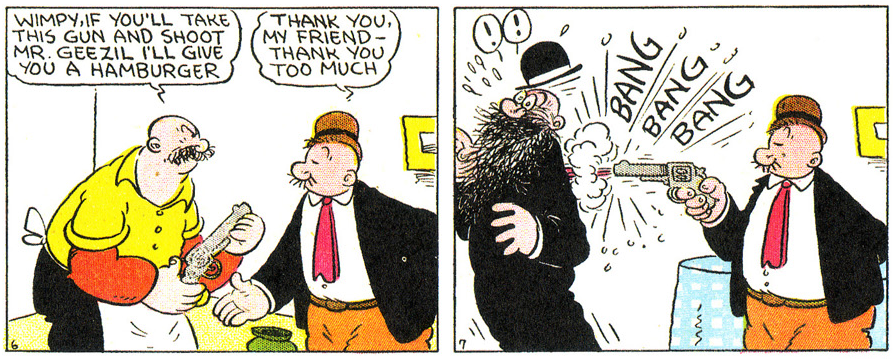- Messages
- 10,562
- Location
- Bozeman, MT
Yes, all real diners were built in factories and shipped to the site. That was the whole point. They were decedents of the lunch wagons of the late 1800s.
A diner of that era would have been a one-piece affair. Reopening on-site is one thing. Moving a place opens all kinds of cans of worms, especially if it's been sitting on site for 75 odd years. Rot, rust and age take their toll. It's like finding a car that's been sitting in a barn for 75 years and thinking you can just drive it away without doing some work.
Most diners in this situation are either demolished, or moved to a field by someone who thinks that it can be moved and set up "for a very reasonable fee" and left to rot.
Recently moved/restored diners you might want to look into to study successes and failures. You might also want to get in touch with Steve Harwin of Diversified Diners.
Cheyenne Diner, moved 2008, still not open
Triangle Diner, restoration started 2008, still not open
Moondance Diner, Moved 2008, closed 2012
Capital City Diner, moved 2009, closed 2012, now sitting on blocks
Hometown Diner, moved/restored 2010, closed 2012
The Victory Diner, moved 2007, demolished 2012
Bel-Aire Diner, demolished 2012
Wildwood Diner, demolished 2006
Tin Man Diner, moved 2003, sitting in a field
Eddies Diner, moved 2003, sitting in a field
Traveler's Diner, moved 2003, sitting in a field
Monarch Diner/Roger's Redliner, reopening soon
Spud Boy Diner, moved c. 2001, restored 2008-2012, reopened 2012
Broadway Diner, moved 2012, open
Road Island Diner, moved 2009, open
A diner of that era would have been a one-piece affair. Reopening on-site is one thing. Moving a place opens all kinds of cans of worms, especially if it's been sitting on site for 75 odd years. Rot, rust and age take their toll. It's like finding a car that's been sitting in a barn for 75 years and thinking you can just drive it away without doing some work.
Most diners in this situation are either demolished, or moved to a field by someone who thinks that it can be moved and set up "for a very reasonable fee" and left to rot.
Recently moved/restored diners you might want to look into to study successes and failures. You might also want to get in touch with Steve Harwin of Diversified Diners.
Cheyenne Diner, moved 2008, still not open
Triangle Diner, restoration started 2008, still not open
Moondance Diner, Moved 2008, closed 2012
Capital City Diner, moved 2009, closed 2012, now sitting on blocks
Hometown Diner, moved/restored 2010, closed 2012
The Victory Diner, moved 2007, demolished 2012
Bel-Aire Diner, demolished 2012
Wildwood Diner, demolished 2006
Tin Man Diner, moved 2003, sitting in a field
Eddies Diner, moved 2003, sitting in a field
Traveler's Diner, moved 2003, sitting in a field
Monarch Diner/Roger's Redliner, reopening soon
Spud Boy Diner, moved c. 2001, restored 2008-2012, reopened 2012
Broadway Diner, moved 2012, open
Road Island Diner, moved 2009, open
Last edited:




